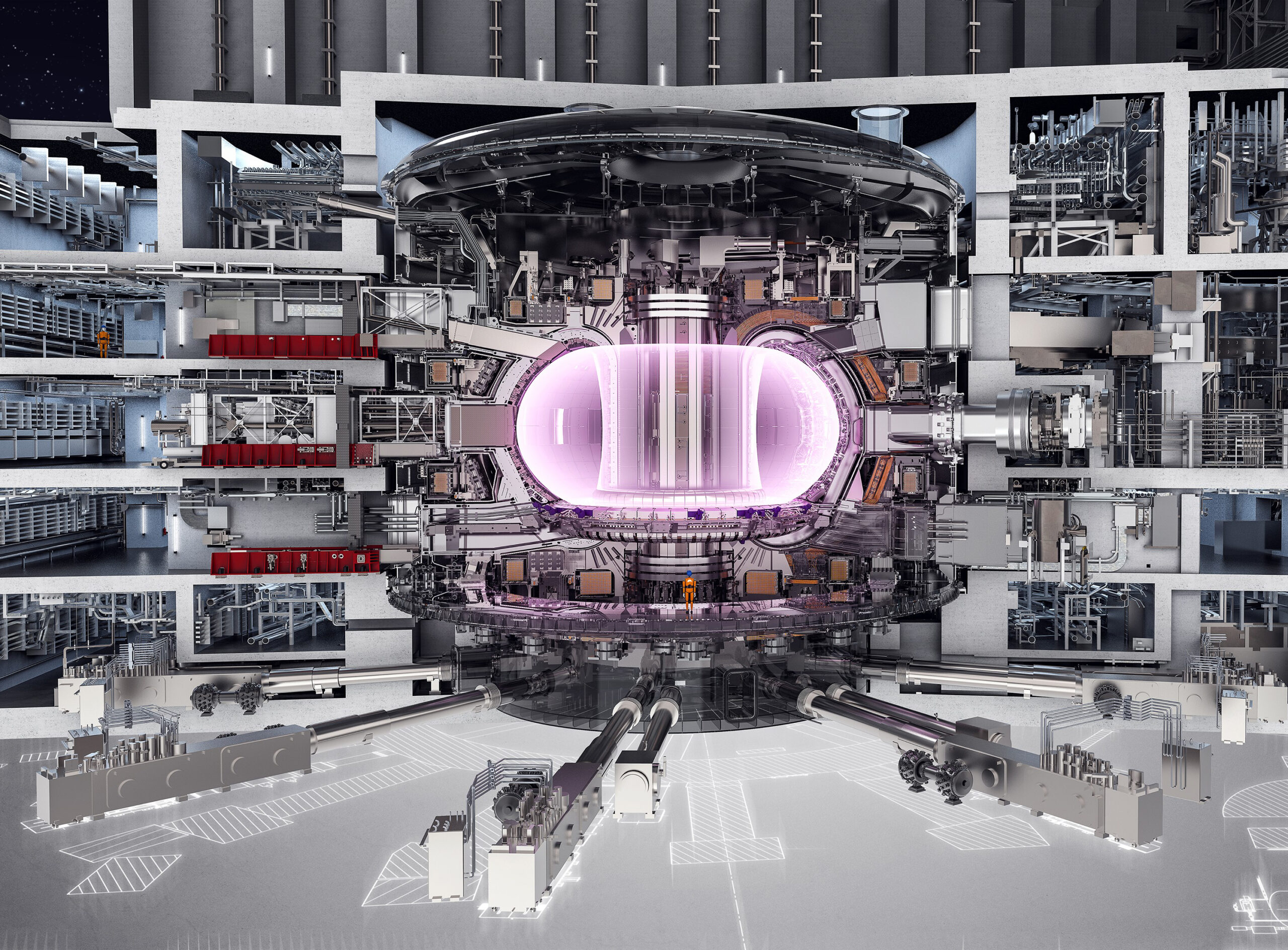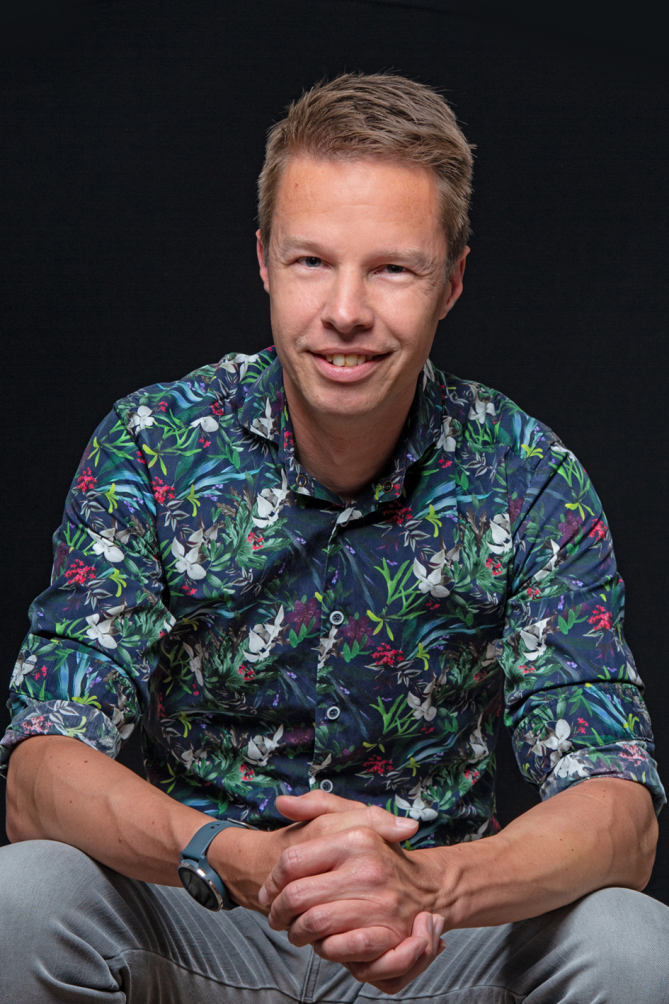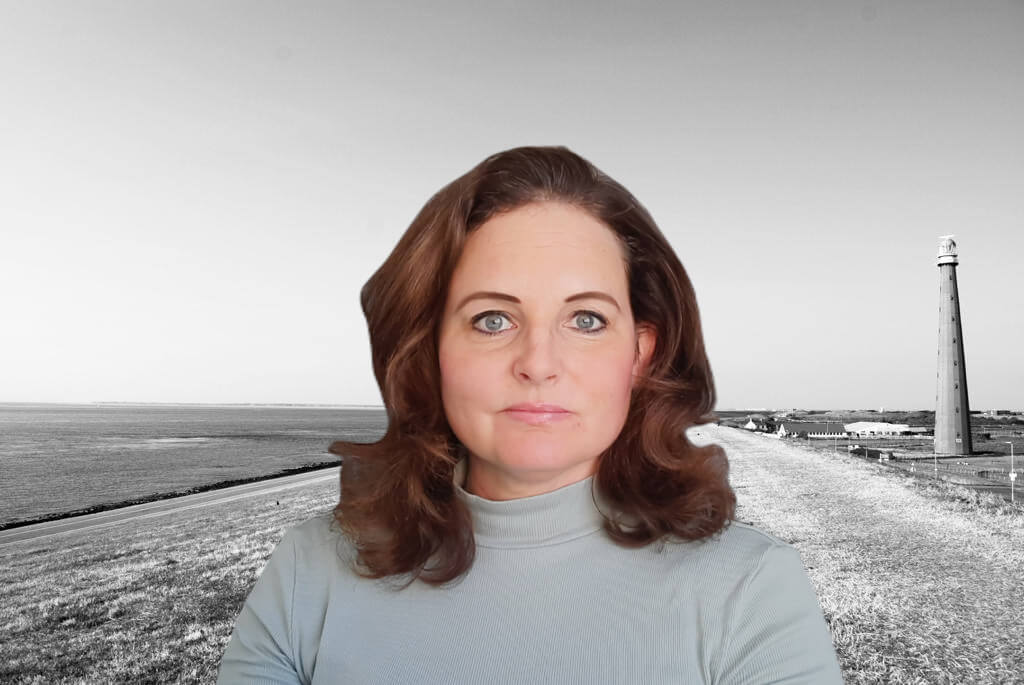
A mutual passion for the future brought strategist Mario van Rijn and innovation director René van der Burgt together. They work at the Dutch Avans University of Applied Sciences and have been active in the field of strategy and future studies for over ten years. Previously, they wrote the book Handboek Scenarioplanning (Handbook of Scenario Planning) and now there is the English-language ‘The Big Picture: Forces shaping the future of humanity..’ The principal author is Van Rijn, but Van der Burgt plays an equally important role as a reflective and sparring partner.
The book explores some of the most pressing issues that we are facing today. These include climate change, the impact of technology, the development of the global economy, pressing social challenges, and even life beyond our planet. Much will have to change if we are to create a better world. Van Rijn and Van der Burgt are pinning their hopes on a number of revolutionary innovations.


How did you come up with the idea of Explore The Big Picture?
Van Rijn: “Together with René, I’ve always been very involved in all kinds of strategic initiatives. Looking at and thinking about things more broadly plays an important role in this respect. Over the past few years, we have noticed that there are only a few people who really take a broader approach. That is quite understandable, of course, as we are usually very busy with all kinds of other things. However, during various sessions with companies and students, we did notice a lot of uncertainty and unease. This not only relates to the problems of our time, but also to being human, to our own identity. That is why I wanted to make something that would teach people to look at things more broadly and see the bigger picture. Interdisciplinary ways of thinking and arriving at innovations together are central to this. The public discourse is often so restricted. But it is precisely when you are able to see the bigger picture that you can see why certain topics have such an impact. The book is consequently not only about technology but also, for example, about the foundations of our society and the limitations of the planet.
Which innovation would you say contributes most to creating a better world?
Van Rijn: “If there is one innovation that we really need, it is clean renewable energy. For the book, I spoke with numerous scientists in different countries and came to the conclusion that nuclear fusion is one of the most important solutions. I keep a close eye on developments and see this getting a little closer every day. This innovation can change the whole world; we might see the first examples of it within ten years. After all, everything around us is connected to energy. Just look at our food production.”
“Imagine if we could tap into infinite energy sources for a very low price. In the long term, that would mean that we could solve the food crisis, among other things. There would be more than enough energy to grow food but to keep it cool as well, for instance. But nuclear fusion also offers a solution to the climate crisis, among other issues. We would then be able to remove all kinds of greenhouse gases from the air, such as CO2. That costs an awful lot of energy. It is true that nuclear fusion also produces radioactive waste, even more than nuclear fission. But unlike nuclear fission, this waste is relatively low in radioactivity and easy to deal with. So, the waste does not pose any danger nor cause meltdowns, unlike nuclear fission.”
Van der Burgt: ” However, we do need to take a critical look at what we have achieved when it comes to managing innovation. There is a disproportionate distribution of wealth in our current society. Yes, we may be super innovative, but it hasn’t actually brought us very far as humanity. If, in the future, we have the infinite possibilities of nuclear fusion at our disposal, we should take a good look at how we deal with this as a society. It’s not just the power of innovation, it’s also about the way you use it.”
Can you cite any other innovations that have the potential to change the world?
Van der Burgt: “Nowadays, we are tinkering with the building blocks of life with, for example, CRISPR technology. It is very interesting to see where this is heading and the potential it holds. I especially see potential in the integration with bionics. The bionic human, so to speak. For example, there are already hearing implants that allow us to enrich our senses. So yes, I see biotechnology combined with bionics as a fundamental innovation. Here too, we obviously have to test the boundaries, as there are major objections. But ultimately, the planet develops through experimentation. It is part of our evolution.”
Van Rijn: “A third innovation that we must keep a close watch on is artificial intelligence. And I mean Artificial General Intelligence, whereby human intelligence is imitated completely. Once AGI has been developed, artificial super-intelligence, a form that surpasses our intelligence, will soon follow. This will turn our whole view of humankind upside down. What will it mean to be human? Now, I don’t think it will go that far. It will certainly not happen within the next ten years. And the question is whether we will ever really succeed. What we see now is functional AI with the same fundamental technologies. So, in the shorter term, I’ m putting my money on nuclear fusion and biotechnology.”

Who is Explore The Big Picture intended for?
Van der Burgt: “It was written for everyone who is interested in the future and wants to delve into what is at stake. The book serves as a fundament for many different disciplines so that these disciplines can then build bridges to one another. We are laying down the raw material, as it were.”
Van Rijn: “Although it has not been written specifically for the education sector, it has been published by the largest educational publisher in the world, Pearson. That is, of course, a good starting point. After all, students are also struggling with their role in the world. On the basis of the book, however, we want to make interesting and accessible programmes that people inside and outside of the education sector can get to work on. So, we are delighted that interest is already being shown from all sides.”
What challenges still need to be overcome?
Van Rijn: “Global problems must be tackled at a global level. Moreover, the focus should be much more on the longer term. Otherwise, it will always come back like a boomerang at some point. Too many of today’s problems are being passed on to the future, but who is going to look after the future? Our economic system is still fraught with major challenges. At present, it is too focused on profit. It will be quite a chore to change this, because not even the corona crisis seems to be capable of breaking the system.”
“Leadership, in our view, is the only mechanism that can get this done. We will therefore address this in more depth in our next book. In the end, we will all have to find a form of leadership that will lead to solutions that work on a global scale and are effective in the long term. Then we can really get something done. Lots of people are seeking meaning and purpose. They are concerned about the world and about future generations. They would all like to contribute something but they don’t know how. I think it starts with becoming aware of your own actions, and especially what the effect of those actions is on other and future generations.”

Explore The Big Picture
Mario van Rijn and René van der Burgt
Pearson Education NL
ISBN 9789043040150
€ 39,95
Website: www.explore-the-big-picture.com
Click here for the webinar.

